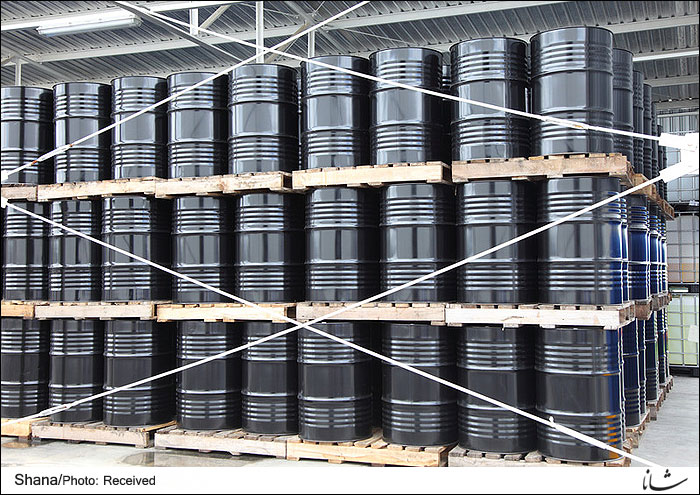“Sanctions relief will lead to an increase in Iran's oil production and exports, which had been subject to an EU embargo among other sanctions. Iran's crude oil production has been relatively flat over the past three years while sanctions were in place, averaging 2.8 million barrels per day (b/d) in 2015, representing 9% of total crude oil production from the Organization of the Petroleum Exporting Countries (OPEC),” according to US Energy Information Administration (EIA).
In EIA's January Short-Term Energy Outlook (STEO), which assumed implementation day to occur this quarter, Iran's annual average crude oil production was forecast at 3.1 million b/d in 2016 (10% of projected total OPEC production), and almost 3.6 million b/d in 2017.
“Consistent with these forecasts for average annual production, Iran's crude oil production reaches 3.3 million b/d at the end of 2016 and 3.7 million b/d at the end of 2017.”
EIA estimated a subjective uncertainty range of +/- 250,000 b/d surrounding these year-end projections, with actual outcomes dependent on Iran's ability to mitigate production decline rates, deal with technical challenges, and bring new oil fields into production.
“Most of Iran's forecast production growth comes from Iran's preexisting crude oil production capacity that is currently shut in, while the remainder comes from newly developed fields. Iran has a number of new oil fields that Iranian and Chinese companies have been developing over the past several years, which have the potential to add 100,000 b/d to 200,000 b/d of crude oil production capacity by 2017. The STEO forecast also accounts for production declines at Iran's mature oil fields.”
Beyond crude oil, EIA added, Iran's condensate and natural gas plant liquids (NGPL) production is currently almost 750,000 b/d, of which 75% is condensate and the remainder NGPL. Iran's non-crude liquids production has grown over the past few years. The main buyers of Iran's non-crude liquids have been in countries in Asia, mainly China, and the United Arab Emirates (UAE).
“Iran's non-crude liquids production is expected to grow by 150,000 b/d by the end of 2016 and by an additional 100,000 b/d by the end of 2017, as more project phases at the South Pars natural gas field come online.”
More than 80% of Iran's condensate production comes from the South Pars field located offshore in the Persian Gulf, which is Iran's largest non-associated gas field, the report read.
“Lack of foreign investment and insufficient financing, stemming from international sanctions, have slowed the development of South Pars. However, some progress has been made in recent years, and sanctions relief is expected to quicken the pace of development of its remaining phases over the next decade.”
With Iran's petroleum and other liquid fuels consumption expected to remain flat over the next two years, crude oil and other liquid fuels from the production increase is likely to be sold in export markets, EIA said.
“The pace that Iran will ramp up its exports now that sanctions are lifted is uncertain. Iran has a considerable amount of oil stored offshore in tankers (between 30 and 50 million barrels), most of which is condensate, and crude oil stored at onshore facilities. Initial post-sanction increases in Iranian exports will most likely come from storage, while meaningful production increases will occur after some of the storage is cleared,” read the report.


Your Comment